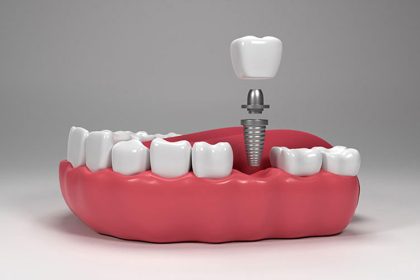In recent years, back and neck disc problems have increased in Iran, and surgeries related to these diseases have also grown significantly. This is due to the modern lifestyle, reduced physical activity, and prolonged sitting. Many patients turn to surgery because of the desire for quick results or the advice of doctors, but the complications of surgery and its long recovery period highlight the need to raise awareness about non-surgical methods such as manual therapy, chiropractic, and massage therapy. These methods can be an effective alternative to treat disc problems without serious side effects.
Statistical study of the increase in disc surgeries in Iran
In recent years, the prevalence of back and neck disc related problems has increased in Iran. This has led to a significant growth in the number of surgeries related to these problems. According to the available statistics, in 2024, about 200,000 to 300,000 lumbar disc surgeries have been performed in Iran.
Studies show that about 7.5% of the Iranian population suffers from back pain. This statistic shows the increasing prevalence of back and neck disc problems in the society.
Several factors contribute to the increase in the number of disc surgeries in Iran:
• Increasing age of the population: with increasing age, the probability of degenerative diseases of the spine, including lumbar disc, increases.
• Lifestyle changes: Inactivity, obesity, and inappropriate occupational or sports activities can increase the risk of lumbar disc disease.
• Technological advances: Advances in imaging and surgical techniques have led to an increase in the number of lumbar disc surgeries.
Due to the increasing prevalence of disc problems and the number of related surgeries, the need to raise awareness about non-surgical treatment methods, such as manual therapy, is felt more than ever. These methods can be used as an effective and low-cost alternative to back and neck disc surgeries.
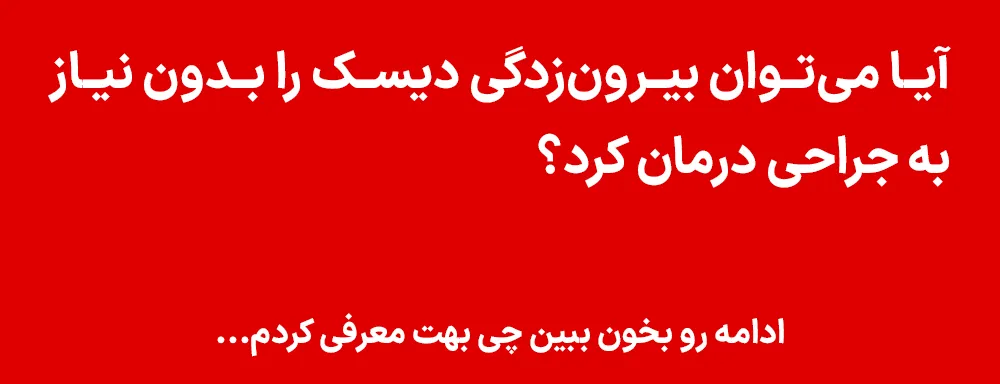

Lumbar disc treatment without surgery in Tehran with the detailed doctor (Pouria Ghasemi)
Factors affecting the increase in disc surgeries
In recent years, the number of surgeries to treat back and neck disc has increased significantly in Iran. This trend is caused by a set of factors that are discussed in detail below:
1. Bad lifestyle and habits
• Long-term and sedentary sittings: With the expansion of office jobs and the constant use of computers and mobile phones, people spend many hours in a sitting position. Over time, this situation puts a lot of pressure on the spine and leads to disc problems.
• Lifting heavy objects in the wrong way: Not knowing the correct techniques for lifting heavy objects can lead to serious injuries in the back and neck area. Improper lifting of objects increases the pressure on the intervertebral discs, resulting in disc herniation.
2. Lack of public awareness
• Ignorance of non-surgical treatment methods: many people are not familiar with non-surgical methods such as manual therapy, physiotherapy and chiropractic and consider surgery as the only solution. This lack of awareness leads to faster selection of the surgical option.
• Desire for quick and immediate solutions: Patients often look for quick treatments and choose surgery as an immediate solution for pain relief, regardless of its complications and recovery period.
3. Medical advice
• Tendency of some doctors to prescribe surgery as the first option: Some doctors, especially in cases where they are less familiar with non-surgical methods, may suggest surgery as the first treatment option.
• Lack of expertise in non-surgical treatment methods: lack of sufficient specialists in the fields of conventional therapy and chiropractic causes patients to be pushed towards surgery.
4. Economic factors and access to medical services
• Treatment costs: In some cases, the costs of non-surgical treatments may not be covered by insurance or may be too expensive for patients, while surgeries may be covered by insurance.
• Limited access to specialized non-surgical centers: the lack of specialized centers providing non-surgical treatments in some areas leads patients to choose surgery.
5. The effect of advertising and misinformation
• Extensive advertising about the success of surgeries: Media and advertisements may present an exaggerated picture of the success of surgeries and lead patients in this direction.
• Misinformation about the complications of non-surgical methods: Some false information may discourage patients from choosing non-surgical methods.
Considering these factors, it is essential that patients consult with different specialists and learn about all treatment options before deciding on surgery. Non-surgical methods such as manual therapy, physiotherapy and chiropractic can be effective in many cases and avoid the need for surgery.
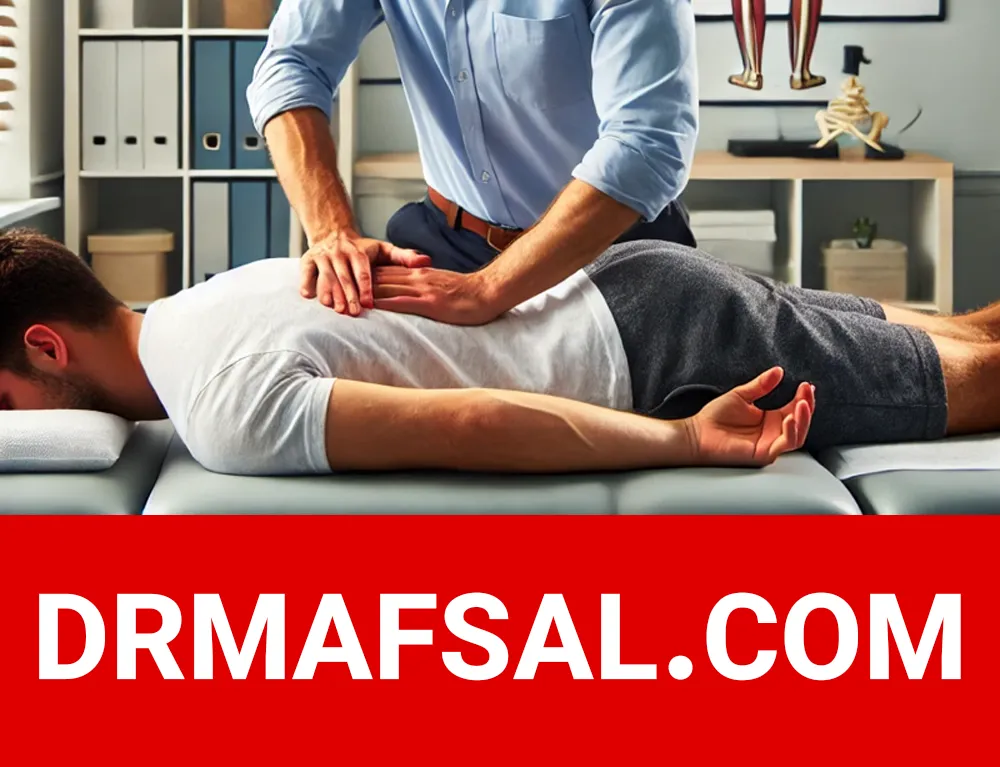

Lack of public awareness
Many patients quickly turn to back and neck disc surgeries due to their ignorance of non-surgical treatment methods, especially manual therapy. This is despite the fact that non-surgical methods can be effective in many cases and prevent surgical complications.
Dissatisfaction after surgery:
Studies show that a significant percentage of patients face problems after lumbar and neck disc surgery. For example, a research in Mashhad showed that only 56% of patients returned to work three months after discectomy surgery.
Also, another study showed that patients experience different degrees of functional disability and psychological distress after 12 months of surgery.
Possible complications of surgery:
Back and neck disc surgeries can be associated with complications such as infection, bleeding, nerve damage and even local paralysis.
These complications can affect the patient’s quality of life and increase the need for additional treatments.
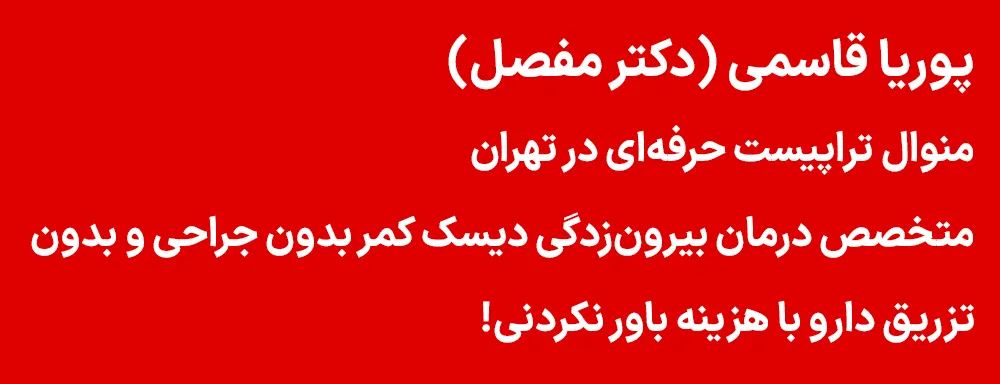

Introducing non-surgical treatment methods for back and neck disc
Many patients with back and neck disc problems can recover without the need for surgery, using non-invasive methods. These methods are designed to reduce pain, improve function and prevent disease progression. In the following, we introduce the most important non-surgical treatment methods for lumbar and neck disc:
1. Physiotherapy: It includes strengthening and stretching exercises to reduce pain and strengthen muscles, which are designed based on the individual’s needs.
2. Therapy method: It helps to adjust vertebrae and reduce nerve pressure with manual techniques to improve joint movement and reduce pain.
3. Chiropractic: It focuses on spinal alignment and corrects abnormalities to reduce pain.
4. massage therapy: It helps relieve pain and inflammation by reducing muscle tension and improving blood flow.
5. Heat and cold therapy: It reduces symptoms by increasing blood flow or reducing inflammation and numbing the painful area.
6. Drug therapy: The use of painkillers and anti-inflammatories to manage pain and inflammation is necessary under the supervision of a doctor.
7. Therapeutic injections: Injection of corticosteroids to reduce pain and inflammation when other treatments are ineffective.
8. Acupuncture: Stimulation of specific points of the body to reduce pain as a complementary method.
9. Lifestyle changes: Modifying habits such as sitting posture, losing weight, and increasing physical activity for prevention and recovery.
10. Exercises: Strengthening muscles and flexibility under expert supervision to reduce symptoms.
Cervical disc treatment without surgery in Tehran with the detailed doctor (Pouria Ghasemi)
The role of manual therapy in the treatment of back and neck disc
Manual therapy, or manual therapy, is considered one of the effective and non-surgical methods in treating spine problems, especially lumbar and neck discs. This method is performed by expert physiotherapists and includes a variety of manual techniques that help improve joint function, reduce pain, and increase range of motion.
Techniques used in therapy
1. Mobilization: This technique includes gentle and repetitive movements on the joints that help improve range of motion and reduce pain. By applying controlled pressure, the physiotherapist moves the joint within the normal range to increase its flexibility.
2. Manipulation: In this method, quick and short-range movements are performed on the joints, which may be accompanied by a “popping” sound. This technique helps to reduce muscle tension and improve spinal alignment.
3. Myofascial Release: This technique focuses on the soft tissues around the muscles and joints and by applying gentle pressure, it helps to reduce tension and improve tissue movement.
4. Muscle Stretching: By performing stretching exercises, the physiotherapist helps to increase the length of shortened muscles and reduce muscle spasms.
Benefits of manual therapy in the treatment of back and neck disc
• Pain reduction: By improving the movement of the joints and reducing the pressure on the nerves, manual therapy helps to relieve the pain caused by the back and neck discs.
• Increasing range of motion: By improving joint flexibility and reducing muscle tension, the patient’s range of motion increases.
• Improving muscle function: The therapy routine helps to strengthen the supporting muscles of the spine and prevents the recurrence of problems.
• Reducing the need for surgery: Many patients recover without the need for surgery by using manual therapy.
Successful cases of treatment with manual therapy
Several studies have shown that manual therapy is effective in reducing pain and improving the performance of patients with lumbar and neck discs. Patients who have undergone this treatment have reported seeing a significant improvement in their symptoms after just a few sessions.
Important considerations
Manual therapy should be performed by experienced and trained physiotherapists. Before starting the treatment, a detailed assessment of the patient’s condition is done to ensure that this method is suitable for the patient. In some special cases, the usual therapy may not be recommended and other treatment methods may be needed.
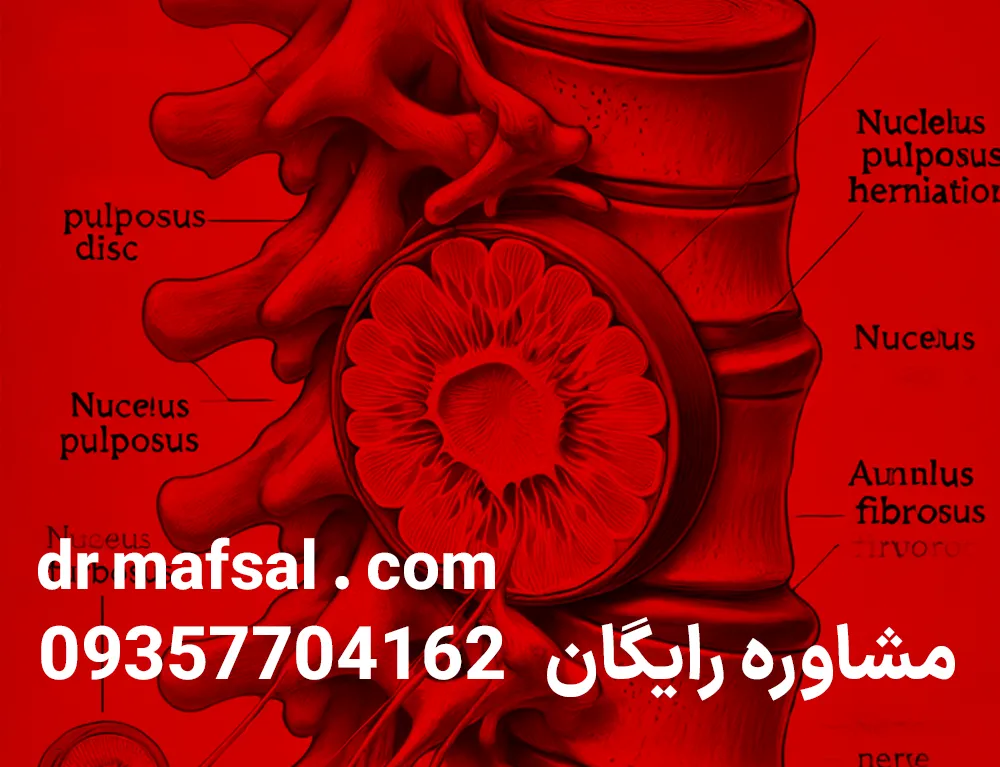

Comparison of treatment costs in Tehran
In Tehran, treatment costs for back and neck disc problems are different depending on the type of treatment method. Below is a comparison between the costs of surgery and non-surgical methods:
1. Costs of back and neck disc surgery
Back and neck disc surgeries are expensive, especially with advanced technologies such as lasers. According to available sources, the cost of lumbar disc surgery with laser in Tehran varies between 20 and 50 million tomans. These costs include the surgeon’s fee, hospital fees, equipment used, and post-operative care.
2. Costs of non-surgical treatments
Non-surgical methods such as manual therapy, physical therapy and chiropractic are usually less expensive than surgery. The cost of each physiotherapy session in Tehran varies depending on the type of service provided. For example, the cost of a physiotherapy session including therapeutic exercise is about 238,620 Tomans for one area. In case of manual treatments or massage, an amount will be added to this cost.
The cost of regular therapy also varies depending on the type and number of sessions. For detailed information on costs, it is recommended to contact the respective clinics.
3. Overall cost comparison
According to the above information, it can be concluded that non-surgical treatments such as manual therapy and physiotherapy have lower costs than back and neck disc surgeries. In addition to the cost, these methods usually have fewer complications and a shorter recovery period.
Note: The mentioned costs may change according to new tariffs and economic conditions. To get updated information, contact reputable medical centers.
To treat any pain in the areas of the sciatic nerve, disc herniation in the back and neck, ask for a detailed doctor’s opinion before any surgery!
Source:
RCO NEWS
RCO















